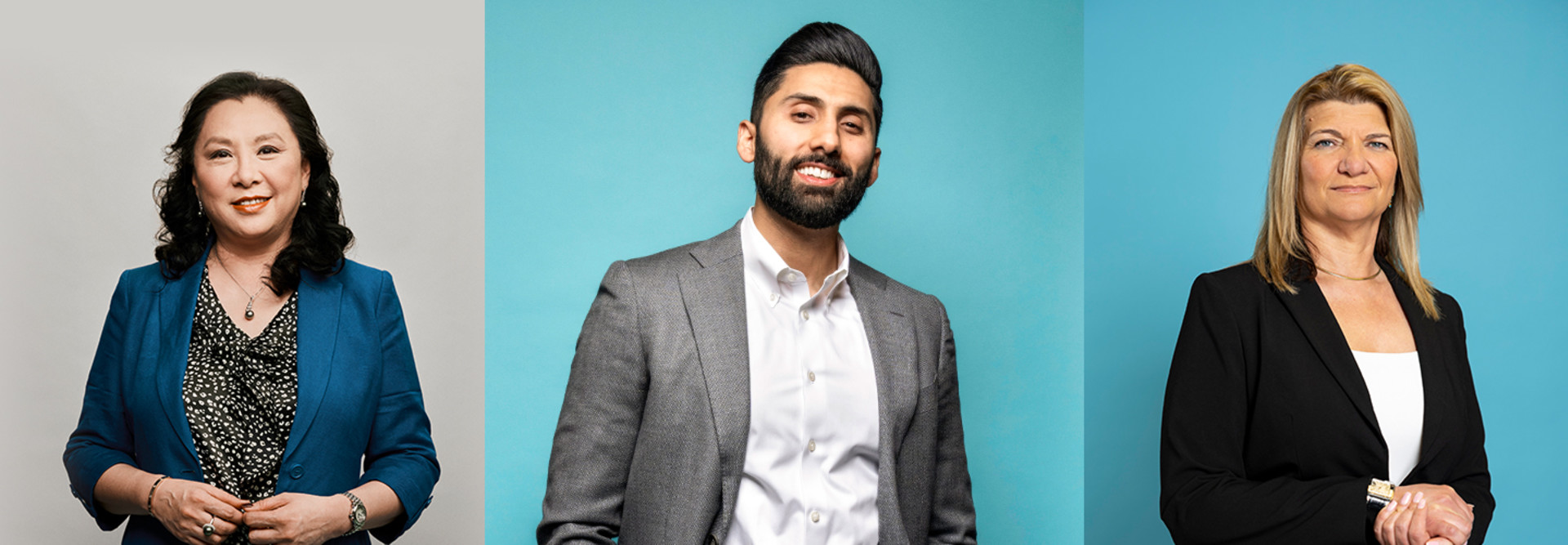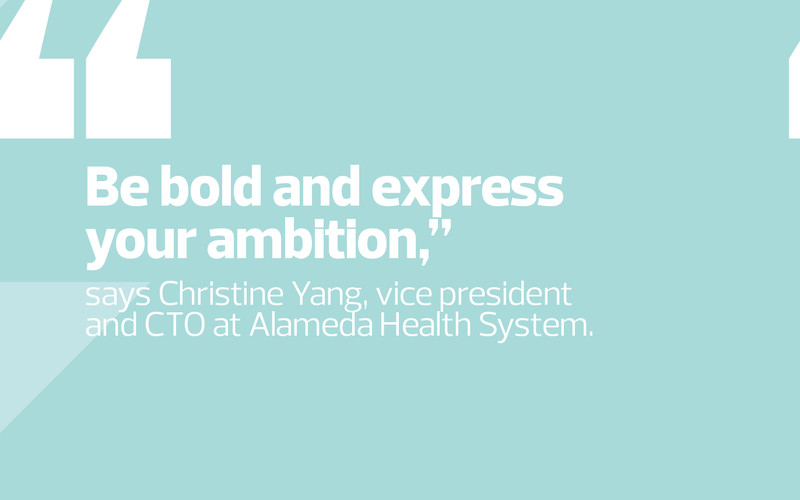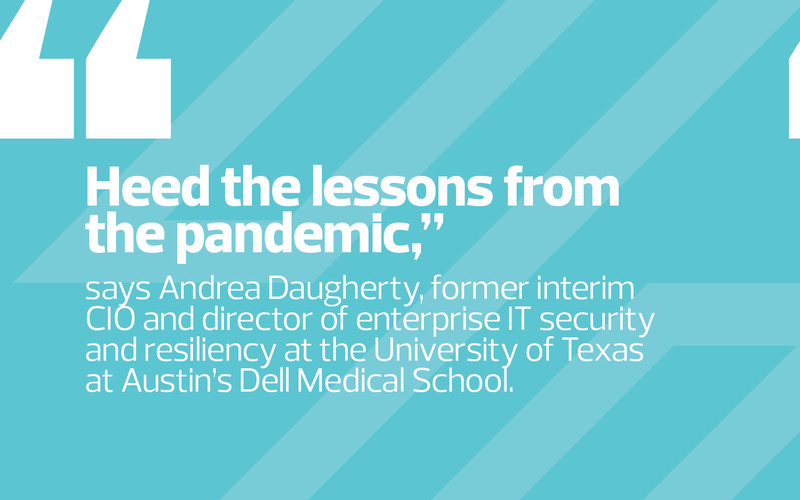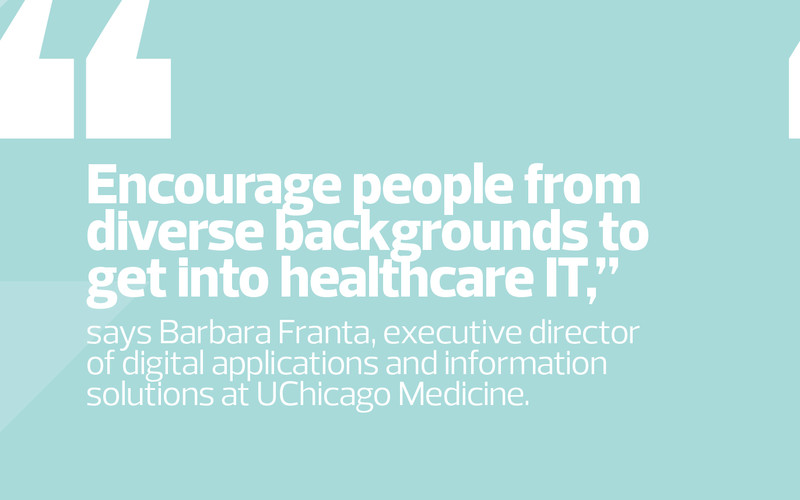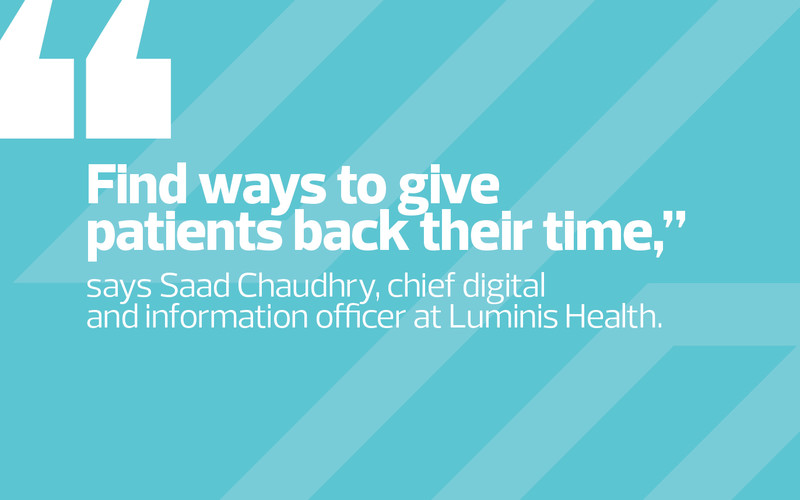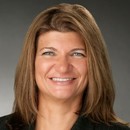Although progress is happening on the clinical side, the numbers are still stark: Nearly 64 percent of active physicians are white, compared with only 6 percent who are Black or African American, according to updated findings from the Association of American Medical Colleges.
Health systems across the country are working to reduce inequities within their organizations, supported by training in diversity, equity and inclusion, with initiatives targeting clinical and nonclinical departments. Chaudhry and Daugherty are among a growing number of healthcare IT leaders heading efforts to ensure that diversity is at the forefront of their departments.
HealthTech discussed DEI in healthcare IT with Chaudhry and Daugherty as well as Barbara Franta, executive director of digital applications and information solutions at UChicago Medicine, and Christine Yang, vice president and CTO at Alameda Health System in Oakland, Calif.
WATCH: How collecting the right data can improve health equity.
HEALTHTECH: How have conversations about DEI evolved at your organization through the years?
CHAUDHRY: We don’t call it DEI. We call it JEDI — justice, equity, diversity and inclusion — and it’s led by our chief diversity officer and our CEO through a council that has representatives from a cross-section of the organization. As the CIO, I sit on it. How many CIOs can say they’re part of a JEDI council? How cool is that?
That “justice before all” part is incredibly important. We don’t believe that you can have equality without justice. Within JEDI, we slice diversity into several aspects through business resource groups. I am the executive sponsor for the Generation Now BRG, aimed at millennials and Gen Z.
There’s also the provision of care to our communities. At the peak of the COVID-19 pandemic, once vaccines were coming out, we partnered with local government entities to serve as a hub for testing and vaccinations. We are in a region of the country where there are organizations with well-known and deep baggage of medical legacy that might not be terribly trusted by local communities. Our JEDI framework allowed us to really look at this from another angle and to ask ourselves, what does this look like for the individual communities? We partnered with local churches — pillars that the community did trust — as we rolled out the vaccines.
DAUGHERTY: Every leadership position that I’ve held throughout my professional career has either been created for me or I’ve been the first African American woman to hold that position. That’s something worth celebrating, but it also comes with a lot of responsibility to those who may follow. I’ve carried that very sentiment forward into my role.
I think we as an organization still have some room for growth. Our DEI efforts have partly been affected by the workforce shift. We’ve been subjected to just as much attrition as the next institution, and when you think about Austin, Texas, as a city and its diversity, or lack thereof, that does make it hard.
The political climate here in Texas has an impact as well. I have several vacancies on my team, and I’ve started hiring people remotely. I think it would be helpful for us to have more allyship across the C-suite team as well as the broader university.



